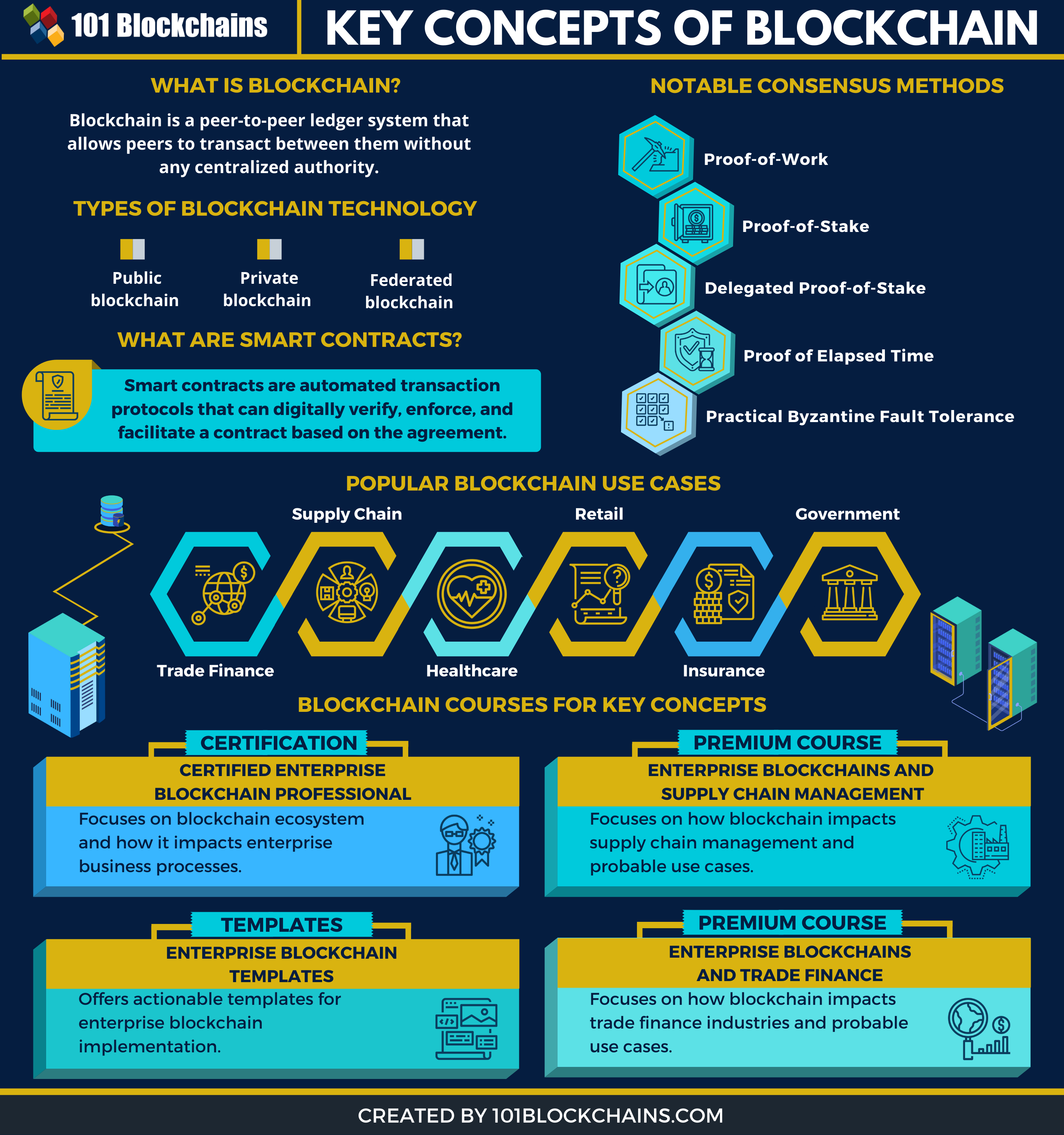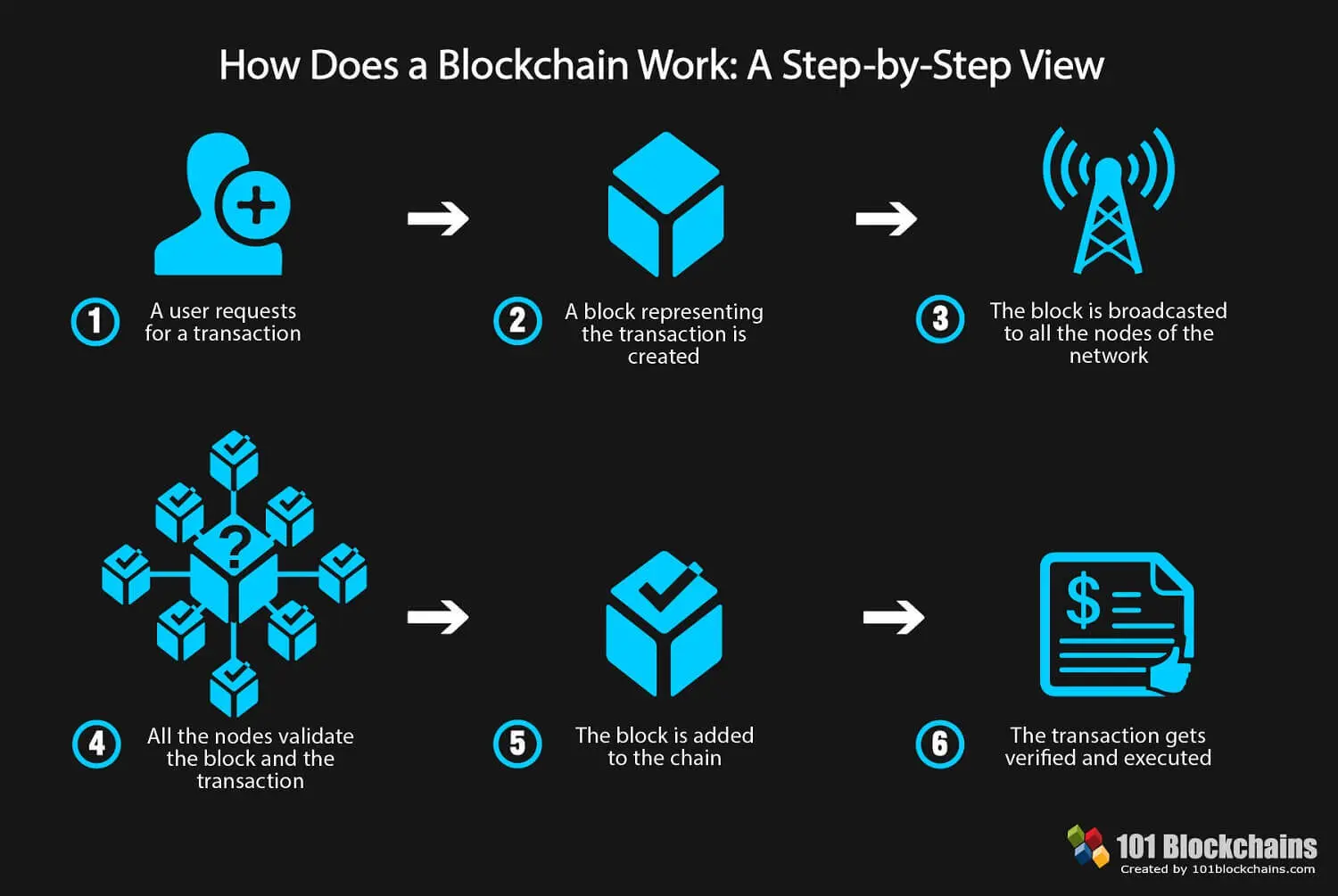From Concept to Reality: Launching a Blockchain Project

-
Define the Problem and Solution: Clearly identify the problem that your blockchain project aims to solve, and articulate how your solution leverages blockchain technology to address it effectively.

-
Build a Blockchain Network: Determine the type of blockchain network that aligns with your project’s requirements (e.g., permissioned or permissionless, public or private). Establish the network’s infrastructure, including nodes, consensus mechanism, and data storage.

-
Design Smart Contracts: Code smart contracts that define the business logic and enforce the rules of your project. These contracts enable automated execution and tamper-proof transactions.
-
Develop an Interface: Create a user-friendly interface that allows end-users to interact with the blockchain network. Ensure that the interface is intuitive, accessible, and secure.
-
Integrate with Existing Systems: Explore integration options with legacy systems to bridge the gap between traditional infrastructure and the blockchain. This enables data sharing, interoperability, and seamless user experience.
-
Test and Iterate: Conduct rigorous testing to ensure the reliability, security, and performance of the project. Collect feedback from early adopters and iterate the solution based on insights gained.
-
Deploy and Monitor: Once testing is complete, deploy the project into a production environment. Continuously monitor network performance, security, and user engagement to identify any issues and make necessary adjustments.
-
Governance and Compliance: Establish governance mechanisms to manage the blockchain network and ensure compliance with relevant regulations. This includes defining decision-making processes, roles and responsibilities, and security protocols.
-
Community Engagement: Foster a supportive community around the project. Engage with users, developers, and partners through forums, social media, and events to drive adoption and gather feedback.
-
Long-Term Sustainability: Develop a roadmap for the project’s ongoing maintenance, upgrades, and enhancements. This includes ensuring funding, technical support, and community involvement to sustain the project’s viability over the long term.From Concept To Reality: Launching A Blockchain Project
Executive Summary
Blockchain technology has the potential to revolutionize various industries, from finance to supply chain management. However, launching a blockchain project can be a complex and challenging undertaking. This article provides a comprehensive guide to help you navigate the key steps involved in successfully launching a blockchain project.
Introduction
Blockchain technology leverages a decentralized, distributed ledger to record and validate transactions securely and transparently. Its immutability and cryptographic security make it ideal for applications requiring trust, transparency, and tamper-proof records. However, successfully conceptualizing and launching a blockchain project requires careful planning, technical expertise, and a deep understanding of the technology’s potential and limitations.
Key Subtopics
1. Identifying the Problem and Developing a Solution
- Clearly define the problem or opportunity that the blockchain project aims to address.
- Articulate the specific use case and benefits that the project will provide.
- Conduct thorough research and analysis to understand the existing landscape and potential competitors.
2. Choosing the Right Blockchain Platform
- Evaluate the available blockchain platforms based on technical requirements, scalability, security, and transaction costs.
- Consider factors such as consensus mechanism, throughput, interoperability, and smart contract capabilities.
- Conduct proof-of-concepts and pilot projects to test the chosen platform’s functionality and performance.
3. Building the Core Infrastructure
- Design and implement the blockchain network architecture, including nodes, consensus mechanism, and smart contract architecture.
- Develop the necessary hardware and software infrastructure to support the blockchain’s operations.
- Establish security measures to protect the network and its data from unauthorized access or manipulation.
4. Designing the User Interface and Experience
- Create a user-friendly and intuitive user interface for interaction with the blockchain application.
- Provide clear instructions and documentation to guide users through the application’s features and functionalities.
- Consider the target audience’s technical literacy and user experience expectations.
5. Testing and Deployment
- Thoroughly test the blockchain application to identify and resolve any bugs or performance issues.
- Conduct user acceptance testing to gather feedback and ensure the application meets user requirements.
- Deploy the application in a production environment and monitor its performance continuously.
Conclusion
Launching a blockchain project requires a comprehensive and collaborative approach that involves stakeholders from technical, business, and end-user perspectives. By following the key steps outlined in this article, you can increase the chances of successfully conceptualizing, developing, and deploying a blockchain project that meets the intended objectives and delivers value to its users.
Keyword Tags
- Blockchain development
- Blockchain project management
- Blockchain use cases
- Blockchain platforms
- Smart contracts

